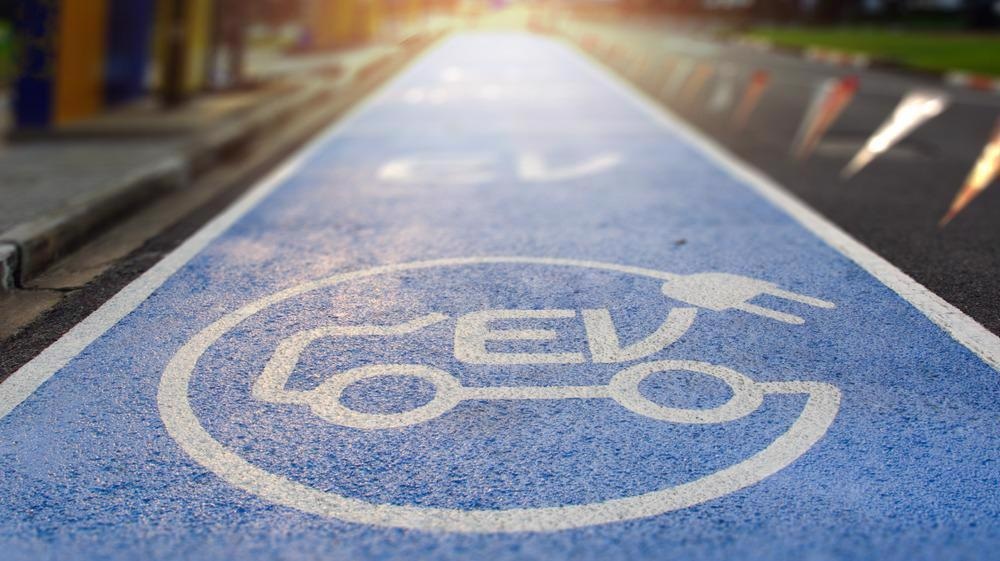A team of researchers at the University of Michigan has created a next-generation lithium-sulfur battery using recycled Kevlar. The team has developed a bio-inspired battery membrane that enables the batteries to be repeatedly charged for commercial use such as in electric vehicles (EVs). The research has been published in Nature Communications.

Image Credit: Eakasit/Shutterstock.com
Lithium-sulfur batteries offer excellent specific capacity but due to dendrite growth and lithium polysulfide diffusion (LPS), their cycle lifetime is severely limited and insufficient for commercial use. The University of Michigan researchers hope their research will highlight the potential of lithium-sulfur batteries.
Lithium-Sulfur Battery Potential
Lithium-sulfur batteries have the potential to hold up to five times more energy than lithium-ion batteries. However, certain setbacks stunted research, leading researchers down the path of trying to make the technology viable, with previous breakthroughs focusing on the use of a flexible cathode.
The high theoretical specific capacity of 1675 mAh g−1, environmental friendliness, and earth-abundance of elements forming lithium–sulfur (Li–S) batteries make them an attractive platform for energy storage in a variety of technological fields from electric vehicles to robotics and from power grids to aerospace engineering.
Corresponding author Nicholas Kotov, Professor of Chemical Engineering, University of Michigan
However, the application potential was still limited due to the LPS and dendrite growth issues as well as high discharge rates increasing operating temperatures. Researchers were keen to find ways to prolong the overall cycle life to increase both their lifespan and offer safe yet viable driving ranges in EVs.
The bio-inspired membrane made from recycled Kevlar allowed the researchers to construct a network of aramid nanofibers similar to a cell membrane:
“Biomimetic engineering of these batteries integrated two scales—molecular and nanoscale. For the first time, we integrated ionic selectivity of cell membranes and toughness of cartilage. Our integrated system approach enabled us to address the overarching challenges of lithium-sulfur batteries,” says Kotov.
Ion Selectivity
Having prevented the growth of dendrites, the team attempted to overcome LSP issues, where small molecules of lithium and sulfur coalesce and interrupt the lithium flow, reducing the overall battery capacity.
A new advanced membrane would need to allow ions to flow from the lithium to the sulfur and back unimpeded while inhibiting the lithium polysulfides (LSPs). Therefore, the recycled Kevlar aramid nanofiber membrane is needed to demonstrate ion selectivity.
To facilitate ion selectivity in lithium-sulfur batteries, Kotov and his team leveraged the flow of the LSPs. As they stuck to the aramid nanofibers, their negative charge repelled other lithium polysulfide ions that continued to build up at the sulfur electrode while permitting the flow of positively charged lithium ions which passed through the membrane freely.
The team believes that its battery design is sufficient for commercial use and the University of Michigan has patented the membrane as Kotov works towards establishing a company to bring it up to the market.
The lithium-sulfur batteries could have the potential – with fast charging cycles considered – to last for 1,000 charge cycles, which is the equivalent of around 10 years of EV usage.
Besides a greater capacity, lithium-sulfur batteries have considerable advantages over other lithium-ion batteries. Sulfur can be found in abundance in contrast to the cobalt used in lithium-ion electrodes. Moreover, old bulletproof vests can be recycled to source the Kevlar aramid fibers of the battery membrane.
References and Further Reading
Wang, M., Emre, A.E., Kim, JY. et al. (2022) Multifactorial engineering of biomimetic membranes for batteries with multiple high-performance parameters. Nat Commun 13, 278 https://doi.org/10.1038/s41467-021-27861-w
Disclaimer: The views expressed here are those of the author expressed in their private capacity and do not necessarily represent the views of AZoM.com Limited T/A AZoNetwork the owner and operator of this website. This disclaimer forms part of the Terms and conditions of use of this website.